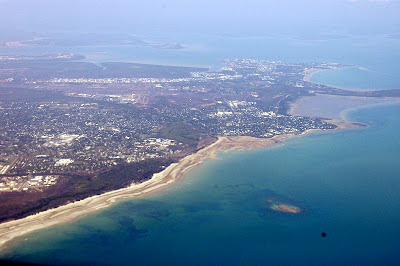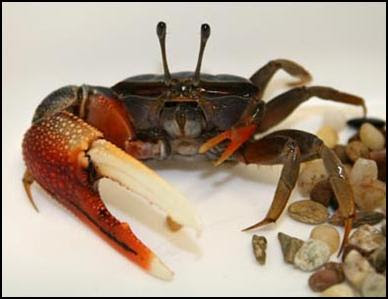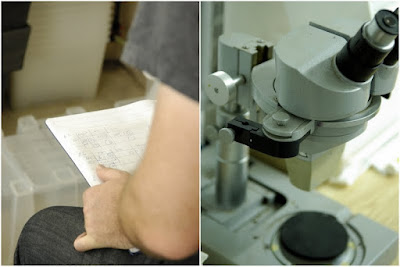This is Rebecca. She just submitted her Honours thesis, and is probably chilling with a vodka lemonade on a beach somewhere. | Or else she's wishing she was. |
A couple months ago, I asked Bec to describe her thesis - and to show me the experiments she had running. Here's what she said:
My research is using Asian house geckos as a model to answer questions about how morphology, performance, metabolic rate and personality interact to affect fighting ability in animals.
 |
| Gecko housing project |
Rebecca's work is exciting because few studies have evaluated how morphology (or body size | shape), physiology, and personality work together to determine animal performance.
And can animals really have personalities? Of course, but not like you and I do. In the non-human world, personality can refer to repeatable differences in behaviour among individuals. For example, some individuals consistently tend to be shy, and others tend to be bold. Boldness | shyness is important for animals, as it can determine the likelihood of obtaining food or mates, or getting captured by predators.
When I caught up with Rebecca, she was measuring geckos' metabolism in purpose-designed jars, which were hooked up to specialised equipment that measures oxygen consumption. Oxygen consumption is one way that scientists assess metabolic rate in animals in the lab.
Rebecca was also video recording interactions between randomised pairs of geckos. Asian house geckos are aggressive little lizards, and will sort out dominance via displays of their open mouths, biting, and | or chasing. In her thesis, Rebecca looked at which animals were likely to be dominant, and whether that depended on their metabolism, morphology, and | or personality.
 |
| collecting data on gecko fighting |
And what did she find? The oversimplified version is that bite force, body mass, and running speed were most important in determining gecko dominance. Big, fast, hard-biting geckos were likely to be winners. The surprising thing was that metabolism and boldness didn't seem related to fighting performance.
There's a lot more to Rebecca's research: she used all the information she collected on morphology | physiology | behaviour to test important ecological theories about how individuals should interact (known as game theories). But we'll talk more about that another time - we don't want to give away everything just yet.
Thank you Rebecca, for taking the time to share your honours work with us, and for being such a wonderful labmate!
written and photographed by Amanda Niehaus, PhD















































